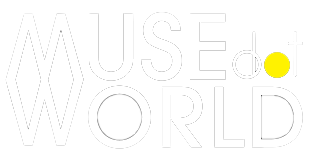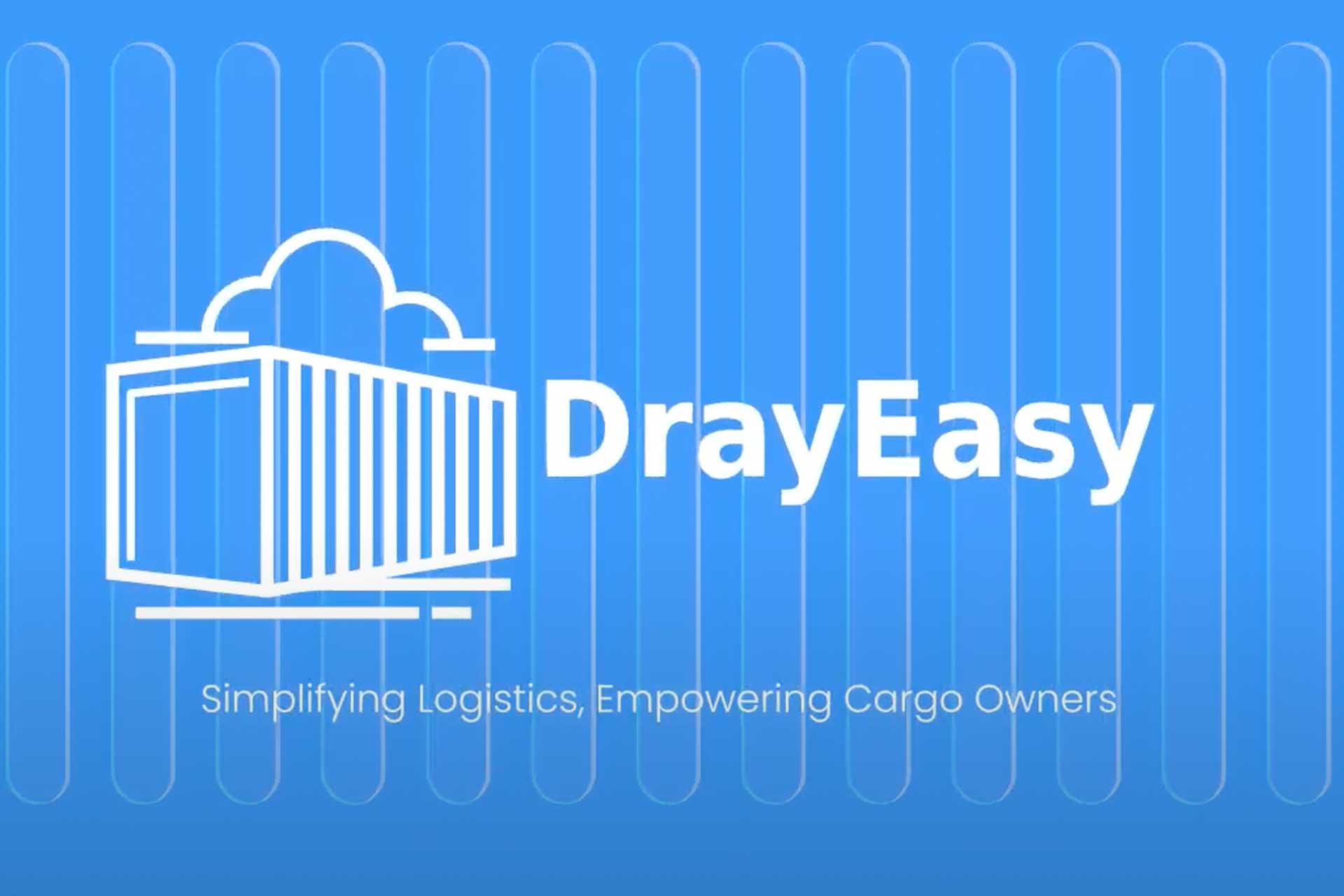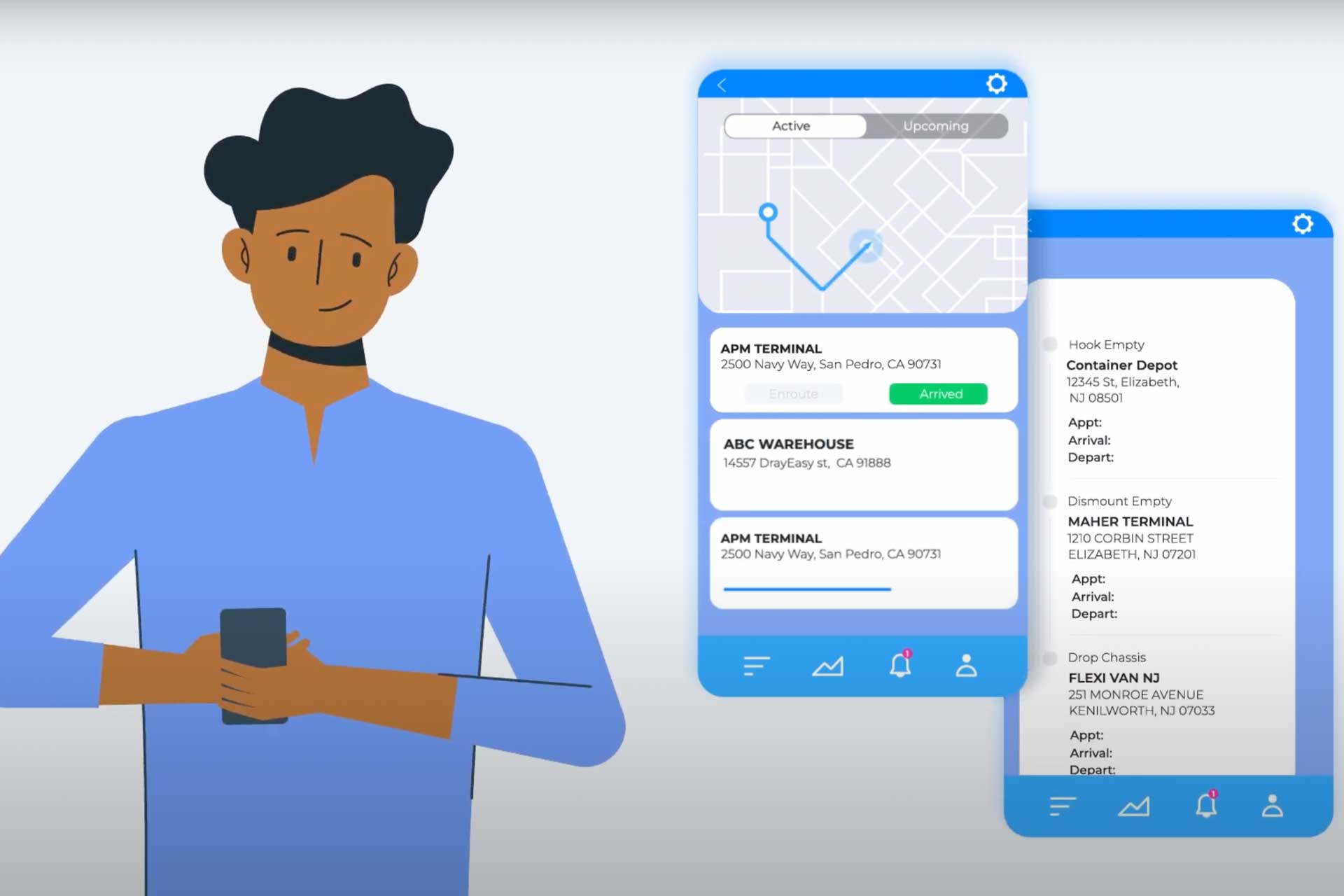Wenxin Li Leads DrayEasy’s Drayage Platform to New Heights in the Logistics Industry

A Touch of Luxury: Tsz Ki Connie Lau’s Chinese New Year Gift Box for Les Lunes à Deux
April 15, 2025
Fusing Sustainability with Modern Design, Zhen Hua Transforms Urban Spaces
April 15, 2025Wenxin Li
Wenxin Li is a Product Designer at DrayEasy, leading the design of a B2B SaaS platform for U.S. intermodal transportation. She optimized key features like quote searching and booking, driving a 100% increase in order value and a major boost in search rates within three months of launch.
I am a highly creative interaction and product designer with experience working at world-class design firms. I have made notable contributions in interaction design, landscape architecture, and urban design.
As a lead designer for both B2B and B2C products, I’ve spearheaded the development of AI-driven projects focused on innovation, workflow optimization, and enhancing user experiences. I’m dedicated to integrating cutting-edge technology with human-centered design to create efficient, intelligent, and forward-thinking product solutions.
I’m an innovative, cross-disciplinary designer with a background in landscape and urban design from a leading design firm, along with two years of experience in interaction design. I’ve led B2B AI product development projects and received industry recognition for my work.
I believe today’s rapidly evolving world pushes designers to become versatile, multidisciplinary professionals. Modern product development no longer relies on a single specialized background, but requires collaboration across different fields to meet the diverse needs of departments and users.
With my interdisciplinary expertise, I aim to integrate knowledge and design thinking from various domains to create more holistic, efficient, and forward-looking product experiences. I see great design as more than just a collection of features—it’s about deeply understanding user needs and combining that with innovative technologies.
This philosophy inspired me to pursue a career in the creative industry, where I seek to bridge technology and human-centered experiences in an AI-driven future, delivering smarter and more intuitive solutions across different fields.
I currently work as a Product Designer at DrayEasy, where I lead the end-to-end design of a B2B SaaS web platform. DrayEasy is a company that provides top-tier freight services for U.S. intermodal transportation, offering instant quotes, real-time routing, data visualization, and seamless API integration to create a streamlined and efficient logistics experience for customers.
In my role, I led the dashboard design as the lead designer, focusing on optimizing core features such as quote searching, rate comparison, and booking, helping freight forwarders provide better logistical support to their customers. My design improvements led to a 100% increase in order value and major boost in search rates within three months post-launch.
Additionally, I worked closely with project managers and engineers to ensure pixel-perfect UI execution while maintaining compliance with accessibility standards, ensuring a seamless and user-friendly experience.
To me, creativity is not just about novel ideas or groundbreaking concepts; it’s about combining innovation with real-world needs to deliver meaningful solutions. Creativity is about identifying problems, understanding pain points, and using a cross-disciplinary approach to build efficient and sustainable product experiences.
At DrayEasy, my creativity is reflected in how I leverage data visualization, workflow optimization, and intuitive interaction design to simplify the complexities of logistics management. I believe that great creativity is not just about “thinking outside the box”—it’s about balancing business value, technical feasibility, and user experience to find innovative solutions within constraints and develop products that users truly embrace.
I believe that creative design is not only a visual innovation but also a design that brings breakthrough value in experience, function, and technology. True creativity involves solving real problems, integrating across disciplines, balancing usability, and improving business thinking.
In terms of interdisciplinary integration, creative design often combines knowledge from different fields and breaks traditional boundaries. For example, my background covers interaction design, landscape, and urban design.
When designing the B2B SaaS platform, I draw on the information hierarchy and path optimization thinking from spatial design to make the interface layout more intuitive and user operation smoother.
My favorite part of the creative process is problem-solving through design. I love uncovering hidden pain points and transforming complex challenges into intuitive, efficient, and visually compelling solutions. The moment when a design iteration significantly improves user experience or boosts key performance metrics is incredibly rewarding.
I also enjoy the interdisciplinary nature of design, where I can merge insights from various fields—such as interaction design, data visualization, and AI technology—to create more innovative and human-centered experiences. Seeing my designs positively impact users and businesses makes the creative process both fulfilling and exciting.
My design process is centered around user research, iterative prototyping, and cross-functional collaboration. I begin with a deep understanding of user needs through research, data analysis, and stakeholder interviews. I then define key pain points and establish design goals that align with business objectives.
Additionally, I was responsible for developing interactive maps, which displayed routes, prices, real-time locations, and traffic conditions, while maintaining both functionality and visual appeal. I integrated GIS data monitoring technology from urban design, refined and beautified the maps, and led the team to complete the design.
The project I submitted to the 2025 MUSE Design Awards was an AI-powered logistics platform that redefined freight management by integrating real-time data visualization, predictive analytics, and an intuitive user interface. This project stood out because it streamlined traditionally complex workflows, enabling freight forwarders to make faster, data-driven decisions with ease. I chose to enter this project because it exemplifies my design philosophy—blending innovation with practicality to create seamless digital experiences. It also showcases how user-centric design, coupled with cutting-edge technology, can transform an industry. Winning this award validates the impact of design in solving real-world problem.
I chose to enter this project because it exemplifies my design philosophy—blending innovation with practicality to create seamless digital experiences. It also showcases how user-centric design, coupled with cutting-edge technology, can transform an industry. Winning this award validates the impact of design in solving real-world problems.
The biggest challenge was balancing technical feasibility with an optimal user experience. Freight management involves vast amounts of data, and simplifying complex information while maintaining accuracy required a deep understanding of both user behavior and system constraints.
Another challenge was aligning stakeholders from different backgrounds—business, engineering, and operations—each with distinct priorities. I tackled this by facilitating design workshops, creating detailed prototypes, and conducting user testing to ensure our solutions met both user needs and business goals.
Ultimately, overcoming these challenges led to a more refined and impactful product.
My key to success lies in continuous learning, adaptability, and a user-first mindset. Design is an ever-evolving field, and staying ahead requires embracing new technologies, seeking diverse perspectives, and refining ideas through iteration.
One piece of advice I’d share is to always design with purpose—don’t just create for aesthetics, but for impact. Great design bridges technology and human needs, driving meaningful change in both business and society. Keep exploring, stay curious, and never stop pushing the boundaries of what’s possible.
Wenxin Li
Wenxin Li is a Product Designer at DrayEasy, leading the design of a B2B SaaS platform for U.S. intermodal transportation. She optimized key features like quote searching and booking, driving a 100% increase in order value and a major boost in search rates within three months of launch.
Explore the journey of Tsz Ki Connie Lau, the Gold Winner of the 2025 MUSE Design Awards. She is a visual designer and content creator based in Hong Kong, with experience across the UK and Europe. Specializing in creative visual and textual content, she helps brands bring their vision to life. Recently, she contributed to the packaging design for Les Lunes à Deux Limited, creating the Chinese New Year Deluxe Gift Box Sleeve.




